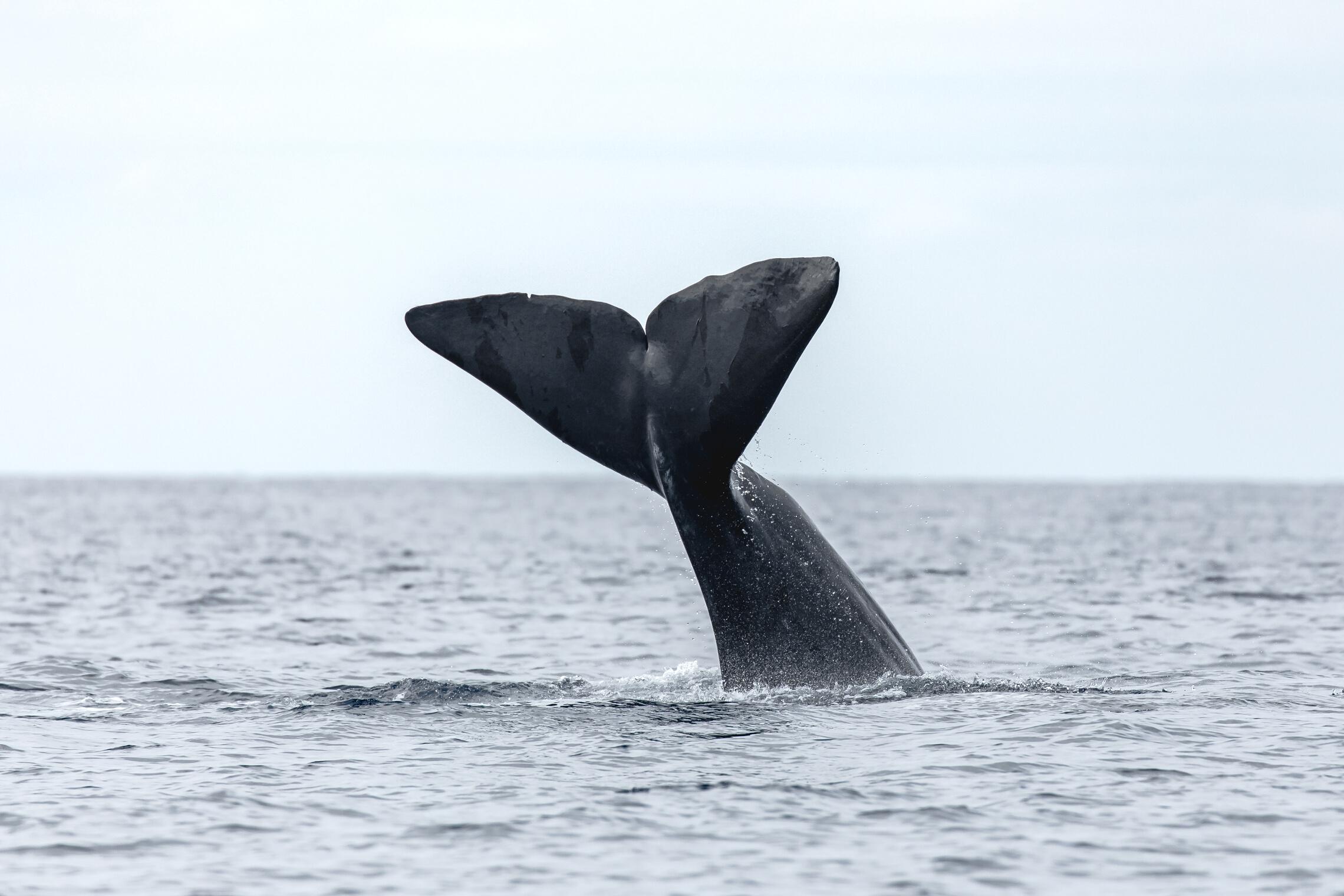
1 minute read
i n P e r s p e c t i v e
2 0 2 2
We often say that "every year and every tour is different", and that we never know what we will see. It is true that many cetaceans find important foraging and reproductive habitat in the Azores, but these habitats are dynamic in nature. Moreover, whales and dolphin make decisions based on a lot of environmental, ecological, social and intrinsic factors. Just like us!
Advertisement
Toothed Whales and Dolphins
Common dolphins are considered the most abundant cetacean in Azorean waters. In 2022, they once again took the first place with 359 encounters. The migratory Atlantic spotted dolphins - with a preference for warmer waterscame in second with 242 encounters, most likely due to the rich availability of fish prey As in 2019 and 2021, they found heaps of feeding opportunities and remained in the area between late May and early December. Sperm whales came in third (n=210), followed by bottlenose dolphins (n=153) and Risso's dolphins (n=95). Interestingly, the offshore, deep water-loving striped dolphins were encountered only 23 times in 2022 - two to three times as little as in 2018 and 2019. Killer whales and false killer whales kept pretty stable (n=4 and n=5 respectively), but short-finned pilot whales had a peak year (n=40). We had a two- to threefold increase compared to 2019 and 2021, similar to 2018
We also had the luck to spot deep-diving beaked whales on 25 occasions. Most of these could be identified to the species level, resulting in 15 Blainville's beaked whale sightings (a new record!), 3 Sowerby's beaked whale sightings, and 3 northern bottlenose whale sightings.
Prey availability and distribution are an important driver of cetacean occurrence Some species, such as sperm whales, pilot whales, Risso's dolphins and striped dolphins, rely greatly on prey-aggregating topographic features present in the Azores, such as shelf slopes, canyons and seamounts. However, seasonal and interannual variations in the ocean environment impact sighting rates of all cetacean species









